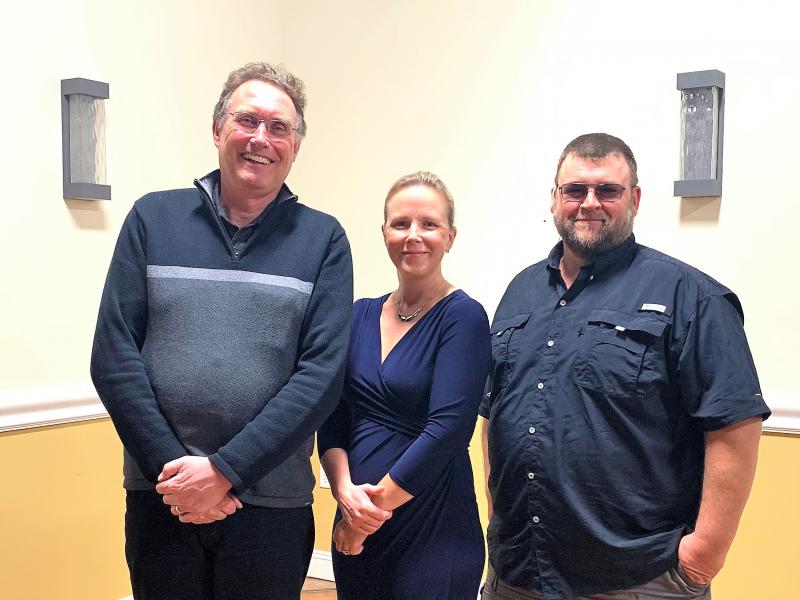Agriculturists attend soil health workshop
The Sussex Conservation District and the Delaware Soil Health Partnership held a free soil health workshop Jan. 15 during Delaware Agriculture Week at the Delaware State Fairgrounds in Harrington.
More than 160 agriculturists learned how to rev up soil health to increase profitability and productivity. Guest speakers shared the latest research and trends for implementing conservation practices on leased acres, speeding up the payoff of soil health management systems, and keeping living roots in the soil 365 days a year.
Sarah Everhart, Agriculture Law Education Initiative, legal specialist and managing director, University of Maryland Baltimore, said, “Conservation practices are less prevalent on leased acres.” She cited obstacles including lack of communication, leasing uncertainty and lack of knowledge about agriculture and conservation practices.
Hans Kok, program agronomist at Indiana INfield Advantage, warned that many farmers’ soils have lost organic matter as a result of traditional farming methods and illustrated ways to regain soil fertility.
“If you look at the first foot of topsoil, in healthy soil, the weight of all the biology, earthworms, nematodes, fungi, bacteria, is about the weight of 10 cows. You have an acre of ground and you have 15,000 pounds of life underneath there ... We need to treat the land like it needs to be fed,” said Kok.
Research has proven that cover crops coupled with no-till practices increase output, reduce fertilizer inputs, increase water-holding capacity and improve aggregate stability.
Loran Steinlage, owner of FloLo Farm in West Union, Iowa, advocates keeping a living plant in the soil year-round. Steinlage has adapted centuries-old techniques into his modern-day operation, such as intercropping and companion planting, practices not traditionally utilized with row crops.
Steinlage pushes relay cropping to the next level by cycling up to three crops in the same field. He said interseeding provides living soil armor, making crops resilient to temperature and moisture extremes. These practices have substantially increased the soils’ moisture retention and nutrient density while reducing input costs.

















































